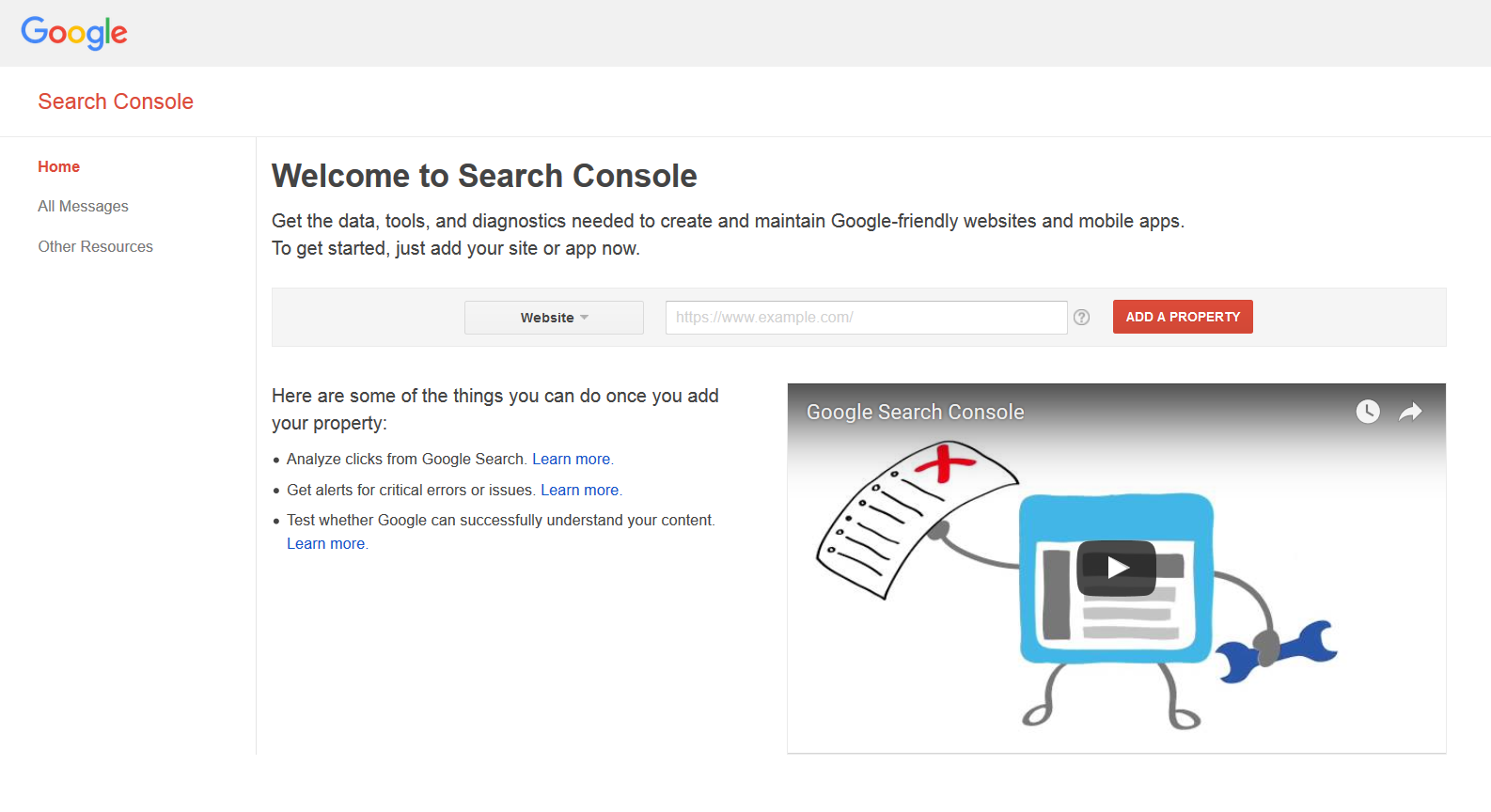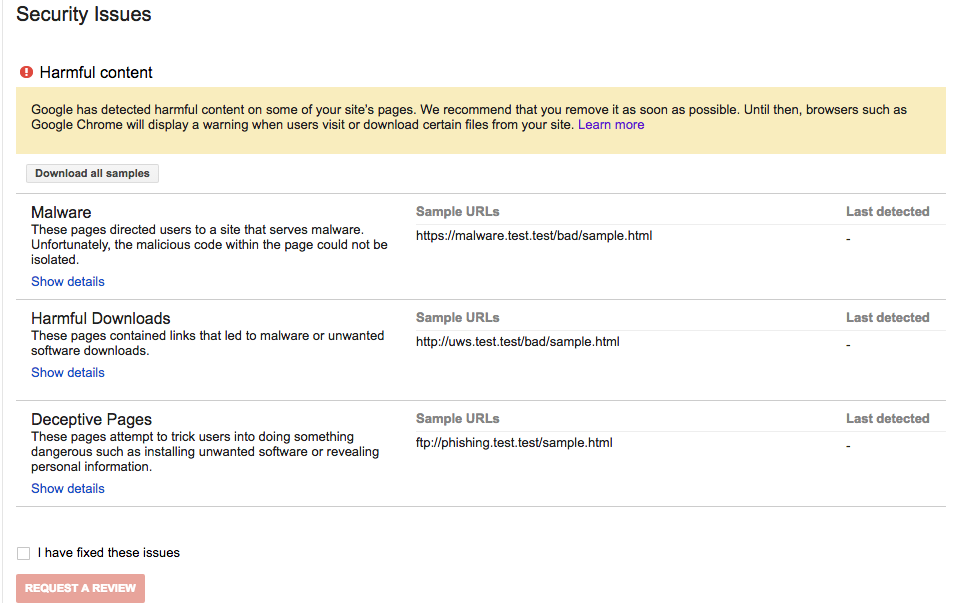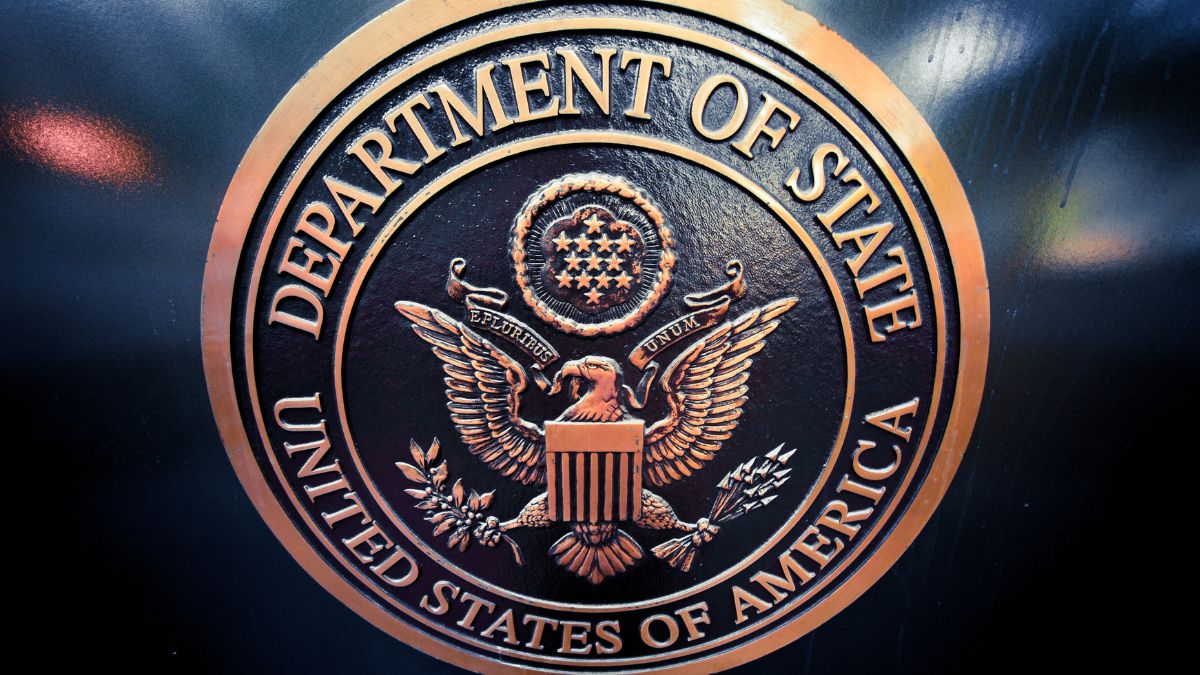In addition to warning users when they’re about to download malware or potentially unwanted software, or about to visit a questionable site, Google has once more improved its Safe Browsing service to cater to website owners by providing them additional details they may need should their sites be compromised, resulting to Google eventually blocking them. Armed with these details, site owners would have ideas on how to fix the problems.
Not only that, the newly improved Safe Browsing service offers various actions (tailored to their needs) site owners can take, including sample URLs, in order to determine the root cause of their site’s problem. As a result, the risk of getting compromised by bad actors is effectively lessened, security over the site is properly implemented, and any data or client information stored remains safe.
Webmasters—especially the less technical ones who are challenged to find and address problems in their sites—can take advantage of these added security features by registering their site(s) in the Search Console, which is accessible with a Google account.

Once registered, site owners can now be notified via the console of potential problems as soon as it finds any. Below is a sample screenshot of some issues flagged by Safe Browsing during Google’s testing:

The Google Safe Browsing service is used by a number of other technologies to check threats against. These include Google’s own products, such as Chrome and Android, and browsers like Apple Safari and Mozilla Firefox.
To read more about the changes in Safe Browsing, we recommend you read “More Safe Browsing Help for Webmasters” on the Google Security Blog. We also recommend that you, dear Reader, read more about this study [PDF] that Google recently published about Web hijacking.
Jovi Umawing









